Plus ways to keep bones healthy and strong
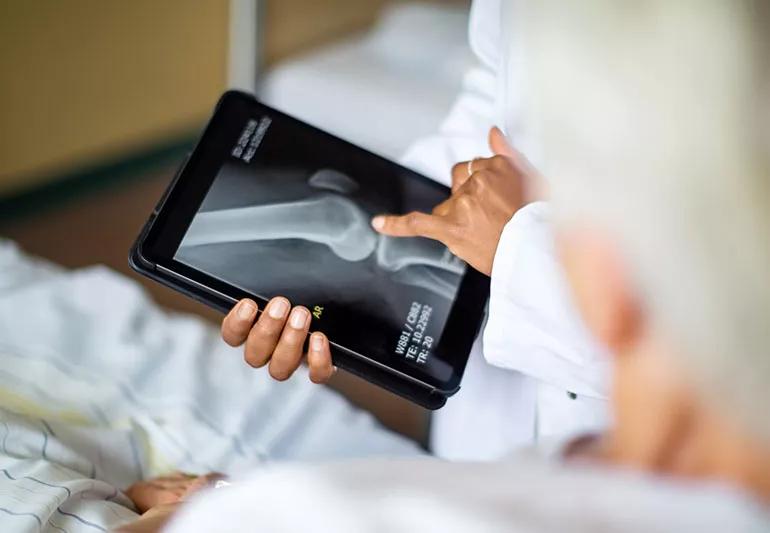
Did you know you lose bones over time? Ever thought about which bones are longest and which ones are the shortest or wonder how do bones heal? Orthopaedic surgeon Kim Stearns, MD, shares curious and amazing facts about your bones and tips on keeping bones healthy.
Advertisement
Cleveland Clinic is a non-profit academic medical center. Advertising on our site helps support our mission. We do not endorse non-Cleveland Clinic products or services. Policy
It’s strange to think about — you wonder how this could possibly happen since they’re covered by your skin? You’re born with about 300 but end up with just 206. Many bones, like those in your skull, fuse together as you grow.
As long as growth plates (at the end of long bones in your arms and legs) stay open, you grow. The plates close in the late teens for boys and within two years of starting periods for girls.
Your bones gain in density until you turn 30. Then density declines unless you get enough exercise, calcium, vitamin A, vitamin K and vitamin D from the foods you eat. What makes healthy bones their healthiest is providing them with the nutrients they need and getting exercise — even daily walks.
The process can differ based on what kind of break occurred. Most breaks are healable, and blood vessels form in the area almost immediately after you break it to help the healing process begin. Within 21 days, collagen forms to harden and hold the broken pieces in place. The damaged surfaces knit together to form new bone — and often the new bone is stronger than the original one.
It moves you. It protects your brain, heart and lungs. It manufactures blood cells. And it stores and regulates minerals to help your entire system function.
Advertisement
Your femur, or thigh bone, is longest. The stirrup-shaped stapes in your middle ear (measuring only 0.11 inches) is shortest.
The 54 bones in your hand, fingers and wrists allow you to write, use a smartphone and play piano.
The collagen in bone constantly replenishes itself. So about every 7 years, you have a new skeleton.
They contain calcium and minerals like bones. But they lack collagen, which gives bones flexibility and strength.
Men and women’s skeletons look surprisingly alike. But the shape, size and angle of a woman’s pelvis are specially geared for childbirth.
Your bones come together at the joints. Some (like your knee joint) move a lot. Others (like the joints in your cranium) don’t move at all.
Muscles and ligaments support your joints, and cartilage helps to cushion them. When cartilage wears out, arthritis occurs.
It’s not even a bone. It’s your ulnar nerve, which runs inside your elbow. Hitting it triggers a surprisingly tingling, prickly pain.
“Your bones and your skeleton are truly amazing,” Dr. Stearns says. “How they grow, repair themselves and keep your entire body positioned as you move through your life makes it so important that you do your best to keep them healthy. Making sure you eat well and exercise as often as you can will help ensure they support you as long as you need them to,” she says.
Advertisement
Learn more about our editorial process.
Advertisement
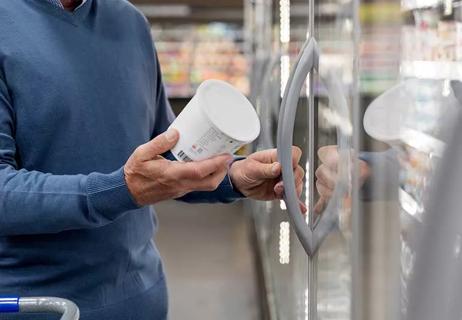
This essential mineral is key to healthy bones and teeth, but also plays other important roles

Why pills aren't a substitute for food
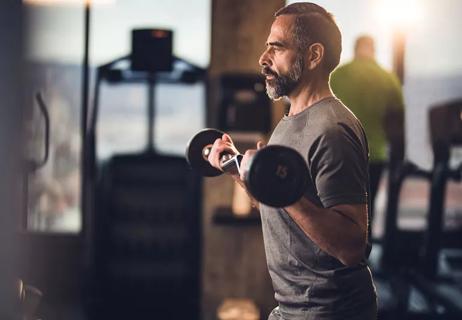
How to halt the thinning of your bones as you age
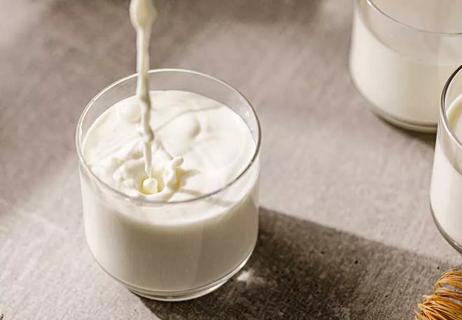
Protect and build muscle while getting essential amino acids and calcium with this protein

Beyond the tell-tale aroma, onions also provide benefits like strong bones and a healthy heart
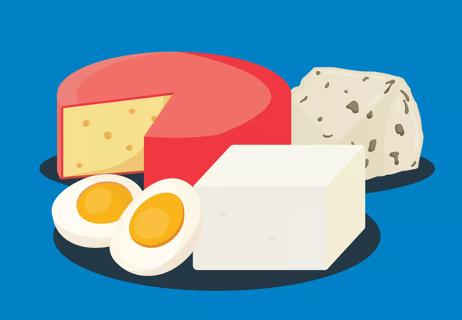
Vitamin K2 is gaining recognition for its effects on blood clotting, heart health and bone health
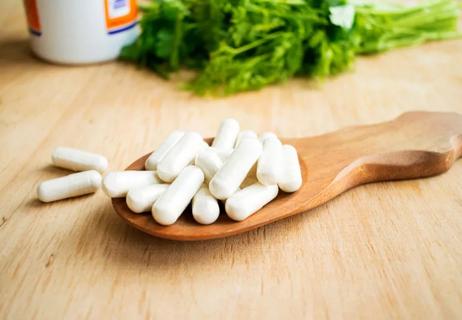
Understanding the role of this vitamin (and where to find it!)

Most recommended precautions center around minimizing bruising or swelling

Type 2 diabetes isn’t inevitable with these dietary changes

Applying a hot or cold compress can help with pain